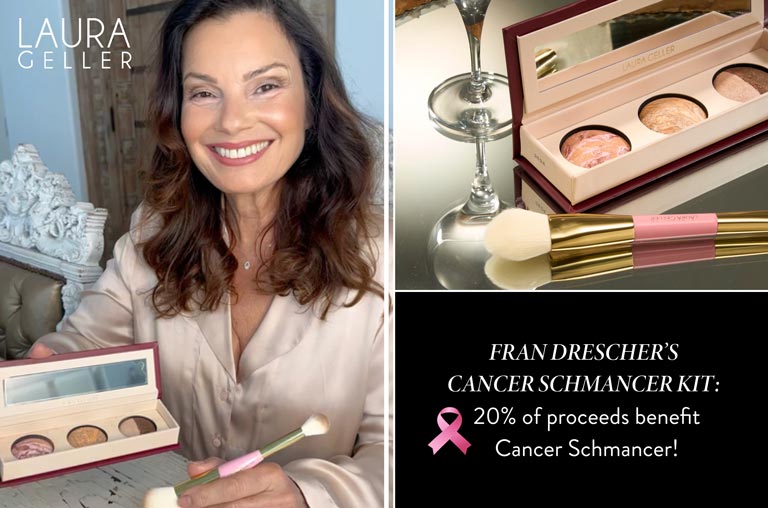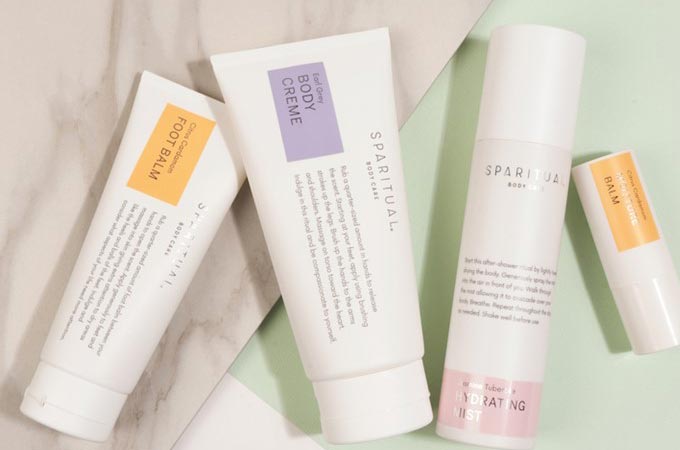Skin Cancer Doesn't Discriminate

Ivis Febus-Sampayo (center) with members of her immediate family (Courtesy, Ivis Febus-Sampayo)
The mole on Ivis Febus-Sampayo's face looked odd. But it wasn't until her son needed treatment for acne that she went to a dermatologist.
"As mothers, we're working, we're busy," she said. "I forgot about me and called the dermatologist to make sure my son was getting taken care of."
The doctor removed a sliver of the mole, and reassured Ivis that it was probably nothing to worry about. Two weeks later, she received a diagnosis she never imagined possible: melanoma.
"I'm of olive complexion, I'm not a sun worshiper, I never baked in the sun, and I don't like the beach," said Ivis, a Latina who was born in Spanish Harlem and grew up in Philadelphia and New York. "At no time did I ever think I could have skin cancer."
But anyone can get skin cancer, and over the past few decades, melanoma -- the most aggressive form of the disease -- has become far more common. Its incidence has increased faster than that of any other cancer, and it's now the fifth most common cancer diagnosis in men and the seventh most common cancer diagnosis in women. Even though African Americans and Hispanic Americans are less likely to develop melanoma, they are more likely than white non-Hispanics to be diagnosed after the disease has spread, when it's at a stage that's tougher to treat.
"There's a misconception that if you have darker skin, you will not get melanoma," said Dr. Claudio Dansky Ullmann, a researcher at the National Cancer Institute. "It may be that you are less sensitive or less likely to develop it, but that doesn't mean you aren't going to develop it."
Exposure to ultraviolet radiation from the sun is the biggest risk factor for melanoma and skin cancers generally, and the one that people can do the most to avoid. (Genetics and some skin and immune conditions can increase risk, and some studies suggest that workers exposed to polychlorinated biphenyls (PCB's) may be at increased risk, too). Cancer specialists stress that it's important for everyone to protect their skin, regardless of their pigmentation. The American Cancer Society (ACS) promotes a "Slip, Slop, Slap, Wrap" approach -- meaning slip on protective clothing (the tighter weave, the better), slop on sunscreen (and re-slather every two hours), slap on a hat (with a two to three inch brim all around), and use wrap-around sunglasses that block ultraviolet light (melanoma can start inside the eye, too). The ACS and other groups also recommend minimizing outdoor activities between 10 a.m. and 4 p.m., when the sun's rays are strongest.
There's been some controversy about the safety of sunscreens, and the Food and Drug Administration plans to issue new guidelines on sunscreens this year. Dermatologists have traditionally recommended using sunscreen with an SPF ("sun protection factor") of 30 or greater. My colleague Dr. Robert Kirsner, a professor of dermatology at the University of Miami Miller School of Medicine, says it's more important to make sure the sunscreen protects against UVA (ultraviolet A) as well as UVB (ultraviolet B) rays. The Environmental Working Group, a research and advocacy organization, has raised questions about the safety of many sunscreens, and characterizes the SPF label as misleading. It posts its own rating system for sunscreens.
Of course, the best protection is to limit time spent in the sun, and avoid tanning salons. If your job requires you to be outdoors, try to cover up with a hat, long sleeves and pants, and try to work under an awning or in the shade.
Another key part of preventing deaths from skin cancer is early detection, since the prognosis is better when the disease is caught early, before it penetrates the layers of skin and spreads to other organs. The American Academy of Dermatology (AAD) urges everyone get regular skin exams by a medical professional, and the ACS also recommends everyone examine their own skin monthly. (Of note, the United States Preventive Services Task Force gives routine physician skin screening exams an "insufficient" rating -- because there isn't enough research to recommend them one way or the other). If you don't have health insurance, the AAD organizes free skin screenings , as does the Skin Cancer Foundation.
Many dermatologists recommend using an "ABCDEF" approach to look at your skin, and seeking attention if you notice anything that has one or more of the following characteristics:
Assymetrical
Irregular Borders
More than one Color
Diameter more than 5 millimeters (i.e., about the width of a typical pencil eraser)
Evolving, meaning it's changing
Funny looking (also known as the "ugly duckling" sign, meaning a growth on the skin that looks different from its neighbors)
It's also important to inspect your finger and toe nails, the soles of the foot, and covered areas, such as the groin. Some studies indicate that African Americans in particular often develop melanomas on the bottom of the feet.
There are many new techniques for diagnosing melanoma, but only one in four primary care doctors get any training in this area during their residencies. If you feel your primary care physician isn't taking your concerns about a skin lesion seriously, push to see a dermatologist. Published research suggests that the specialists are generally better at telling apart a benign skin lesion from a cancer. (And as a primary care physician myself, this isn't a recommendation I make lightly).
In Ivis' case, the melanoma was caught at an early stage. A few days after her cancer surgery, she returned to her job as the director of Latina Share , a New York-based support and advocacy group for women with breast and ovarian cancer. She now wears a hat and applies sun screen every day. "I think it's really important that people understand you don't have to be fair skinned, with blue eyes and blonde hair to get skin cancer," she said. "We need to become advocates for our own health, especially in the Latino community, where it's always family first. I always tell women, you need to take care of yourself -- if you're not here, you can't take care of them."
A similar version of this column originally appeared on the website of New America Media.
Follow Erin N. Marcus, M.D. on Twitter: www.twitter.com/ErinNMarcusMD
























